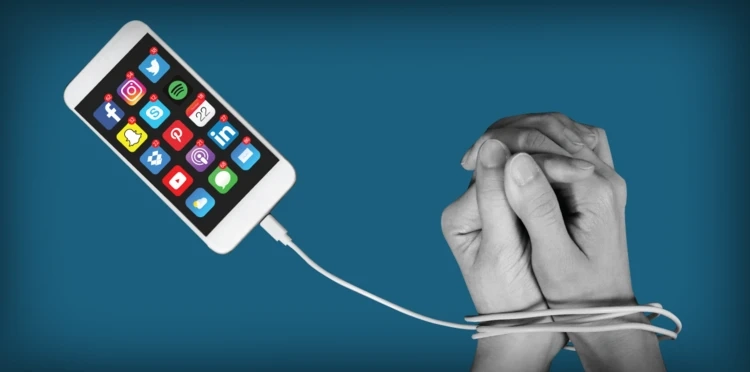In general, screen time is not good for our health. However, mental health professionals find it difficult to present specific evidence to support that claim. In an effort to find concrete proof, electroencephalography (EEG) studies are being conducted to track brain waves of screen addicts. This technology could help doctors and psychologists understand the underlying causes of screen addiction and substance abuse.
Co-occurring disorders
Screen addiction and substance abuse have many factors in common, and there is evidence that the two disorders are co-occurring. Screen addiction often develops before substance abuse, but the two often go hand in hand. The COVID-19 pandemic has led to a rise in both addiction and substance abuse.
Although the occurrence of co-occurring disorders is not new, the research is limited. Treatment outcomes vary, depending on whether one disorder is present or absent. While it is true that mental health disorders are a strong prognostic indicator for treatment success, studies have found positive outcomes for people with a diagnosis and those without a mental health disorder.
Treatment programs for these co-occurring disorders often have a shortage of staff. However, there are programs that specialize in helping people overcome addictions. In fact, the number of co-occurring disorders among substance abuse treatment clients is on the rise. For this reason, substance abuse counselors are a vital resource. Despite the high demand on treatment staff, addiction treatment programs should be prepared for the challenge of working with individuals with co-occurring disorders.
As treatment for substance abuse and screen addiction grows, it is important to ensure that the treatment of co-occurring disorders is coordinated with appropriate resources. Resources for treating addictions and mental health are finite, and ignoring the identified problems is just as irresponsible as suggesting solutions that are beyond the scope of typical treatment programs. Interventions should be based on evidence and research to determine their efficacy, but should not exceed the current capacity of resources.
Signs
A child who only wants screen time may be displaying signs of screen addiction. They may not be as interested in other things, like books, toys, or even sports. They might also be acting out Angry Birds scenes or sneaking a peek at a tablet during a conversation. Screen addiction can be dangerous, and parents should be aware of the symptoms of screen addiction in children.
Substance abuse and screen addiction are often linked in several ways. They are both characterized by increased stimulation, and people with a high level of stimulation are more prone to develop substance use disorders. In addition, substance abuse treatment facilities usually ban cell phones and other devices to prevent patients from getting distracted during treatment.
Screen addiction can lead to internal destruction, including depression, anxiety, and even threats of suicide. It can also lead to external destruction, including behavioral problems. Children may develop an unhealthy relationship with screens and may display aggressive behavior. The best way to avoid these problems is to limit your child's screen time.
Treatment
Screen addiction, a mental disorder characterized by excessive screen time, is a serious social problem that affects many adults. It alters brain chemistry to gain more pleasure from screen activities than from real life ones. Addicts often avoid responsibilities and may lose their jobs or friends. Fortunately, treatment is available and many people can recover from this disorder.
Drug use screening tests can help determine if a person is addicted to a drug, how severe their addiction is, and determine a treatment plan. There are several treatment options for substance abuse, including support groups, therapy, and medication-assisted treatment. These treatments can restore normal brain function, reduce cravings, and prevent relapse. Withdrawal symptoms can also be safely managed through the use of medications.
Research suggests that substance abuse and screen addiction are closely linked. Children who spend a lot of time on screen technology are more likely to develop a substance use disorder as a result of the overstimulating effect of the technology. The problem also arises when the children use screens as a substitute for physical activity or attention. Moreover, children with excessive screen time are likely to have a more delayed social development and attention problems. In addition, screen addiction is often a symptom of a larger problem called behavioral addiction, or process addiction. Other behavioral addictions include gambling, eating, shopping, and sex.
Screen time is highly detrimental to the overall health and quality of life of an individual. Screen addicts are prone to developing a variety of social and psychological disorders, which include depression and bipolar disorder. Early detection and treatment for screen addiction is important. The efficacy of various treatments is still uncertain, but certain methods such as pharmacotherapy, psychotherapy, and nutritional supplements have shown promising results in some patients. Additionally, EEG-based interventions have been shown to reduce functional imbalances in the brain.
0


